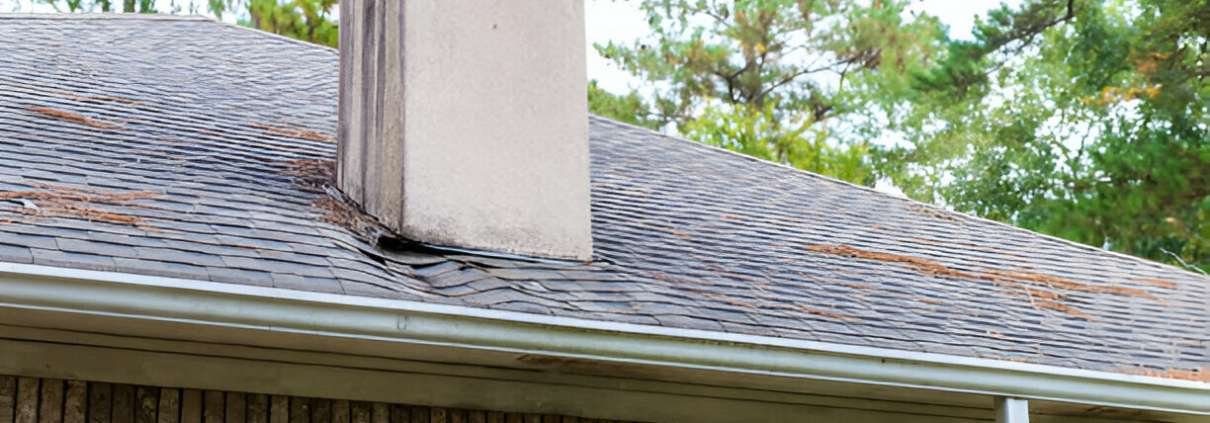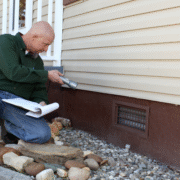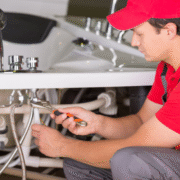3 Things That Happen When You Wait to Replace Your Roof
Your roof is one of the most critical components of your home, protecting you from the elements and maintaining structural integrity. However, delaying a roof replacement can lead to severe and costly consequences. If you’ve been wondering, can you replace your own roof or how to know when to replace your roof, here are three major issues you might face if you wait too long to take action.
1. Increased Risk of Water Damage
One of the biggest dangers of postponing a roof replacement is water infiltration. As shingles deteriorate and cracks form, your home becomes vulnerable to leaks that can damage ceilings, walls, and even the foundation.
Signs Your Roof Needs Replaced Due to Water Damage:
- Water stains on ceilings or walls
- Mold or mildew growth in the attic
- Peeling paint or wallpaper inside your home
Ignoring these warning signs can result in expensive repairs, including drywall replacement, insulation damage, and even compromised structural integrity.
2. Higher Energy Bills and Reduced Efficiency
A failing roof affects more than just your home’s exterior; it also impacts your energy efficiency. As shingles wear out and gaps form, your heating and cooling system has to work harder to maintain a comfortable indoor temperature.
How to Know When to Replace Your Roof Due to Energy Loss:
- Drafts or temperature fluctuations in your home
- Rising energy costs despite normal usage
- Poor attic ventilation causing excessive heat buildup
Delaying a roof replacement leads to unnecessary energy waste, making your home less eco-friendly and more expensive to maintain.
3. Structural Weakness and Safety Hazards
Over time, an aging roof can weaken, putting your home and family at risk. A compromised roof structure can lead to sagging areas, loose shingles, and even potential collapse under extreme weather conditions.
Signs Your Roof Needs Replaced for Safety:
- Visible sagging or dips in the roofline
- Frequent missing or broken shingles
- Increased vulnerability during storms or heavy snowfall
If left unaddressed, a failing roof can pose a significant danger, leading to costly emergency repairs or full structural overhauls.
Final Thoughts
Delaying a necessary roof replacement can result in severe consequences, from water damage to increased energy costs and safety hazards. If you’re questioning can you replace your own roof, it’s always best to consult a professional to ensure the job is done safely and correctly. Knowing how to know when to replace your roof and recognizing the signs your roof needs replaced can help you take timely action and protect your home from unnecessary damage.
If you suspect your roof is nearing the end of its lifespan, don’t wait. Contact Pluum Construction today for expert roofing services and a thorough inspection to determine the best course of action for your home.










Leave a Reply
Want to join the discussion?Feel free to contribute!